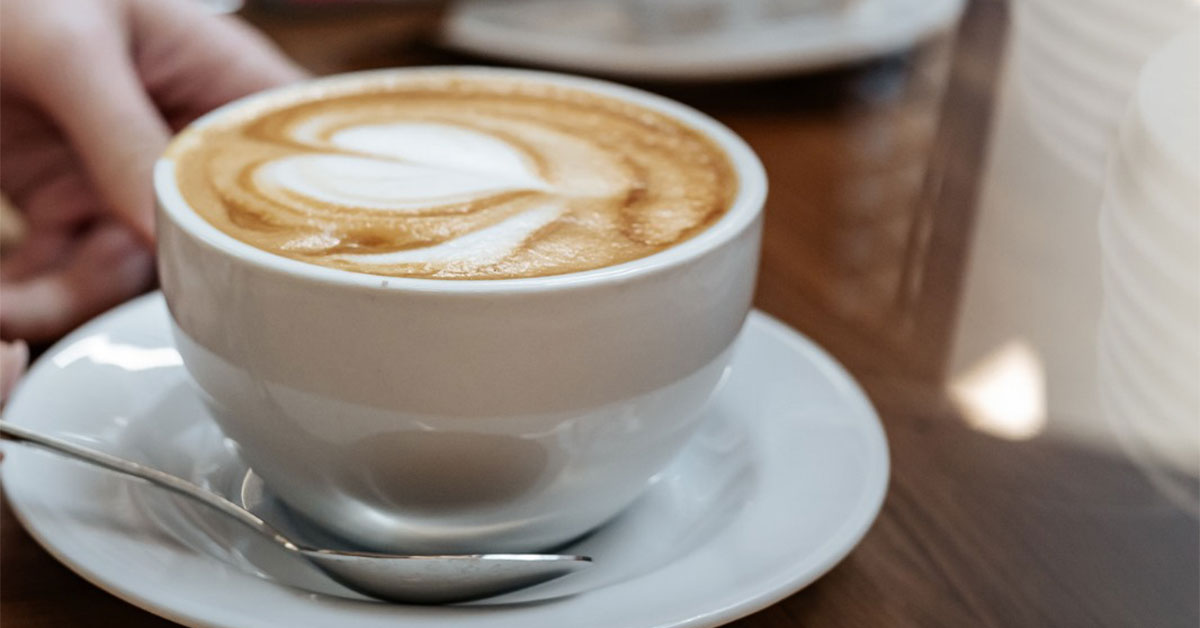In Eastern Europe and the Baltic states, 87–88% of coffee is enjoyed primarily at home or in the office.¹ Yet, it doesn’t always deliver the perfect taste. “Our research² shows that 37% of Latvians brew ground coffee directly in a cup, while the same percentage use a coffee machine,” says Artis Grigo, founder of Kafijas banka, the Baltics’ largest and most advanced coffee roastery. “No matter how you prepare your coffee, avoiding these three common mistakes is key to preserving its unique flavor.”
According to the expert’s observations, coffee lovers often visit specialty coffee shops after losing enjoyment in their daily brew. The logical step seems to be switching to a more exclusive type of coffee—but this doesn’t always solve the issue.
“Overall, we Latvians drink a lot of coffee—57% consume 1–2 cups per day, while another 16% drink more than 3 cups.³ To maintain good coffee flavor, three aspects are crucial:
- Learning how to brew coffee correctly
- Keeping the coffee machine clean
- Adjusting the grind size of coffee beans—this is the first thing we ask a new customer in our store, as it significantly impacts the taste. Surprisingly, most people have never even heard that this needs adjusting!”
Trendy marketing suggests that delicious coffee can only be made in a machine. However, that’s not true. “A quality drink can be prepared in a Turkish cezve or using the pour-over method (also known as V60). No wonder coffee capsules are losing popularity in favor of traditional coffee, especially in the Baltics and Scandinavia,” comments A. Grigo.
While brewing coffee in a cup, cezve, or machine is relatively straightforward, the pour-over method raises questions—despite its simplicity. The standard coffee ratio for a pour-over is 15 grams of coffee per 250 ml of water. The optimal ground coffee-to-water ratio should always remain consistent: 60 grams of coffee per 1 liter of water. Measuring coffee by eye is not recommended, as even the slightest deviation significantly affects the taste.
The ideal water temperature for pour-over coffee is 93–95°C. To achieve this, boil water and let it cool for one minute. Before adding ground coffee to a paper filter, rinse the filter with 100–200 ml of hot water and discard it. This step eliminates any potential paper taste. Then, pour the coffee into the filter and gently shake the dripper for even distribution. Water should be poured in a slow, circular motion clockwise, starting from the center and moving toward the edges.
According to the European Coffee Federation, Europeans consume about 30% of the world’s coffee each year.⁴ “Since coffee remains consistently popular, it is important to cultivate a coffee culture and raise awareness of how to make truly great coffee,” adds A. Grigo, explaining why he regularly advises customers on avoiding common mistakes.
Notably, in Latvia, 13% of consumers purchase coffee from specialty stores—8% in physical stores and 5% online.
“From different retailers’ product delivery structures, we see that Latvians still rarely buy groceries online. Norstat research data⁵ confirms this: every second Latvian never uses this option,” comments Sanita Bērziņa, CEO of Venipak Latvia. “Meanwhile, only 8% order coffee online, but one in four wants it delivered as quickly as possible—within 2–3 days at most, preferably the next day.⁶ In this matter, the speed at which a store hands the product over to the courier service is crucial, as we deliver orders within 24 hours.”
24% of respondents stated that delivery speed is not a priority for them—the most important factor is product quality. However, when it comes to coffee, bean freshness also plays a crucial role. “Even the finest beans lose their quality if they sit in storage or transit for too long,” says A. Grigo. “That’s why fast and reliable delivery is essential—it ensures that coffee lovers receive the best possible flavor, exactly as intended by the roaster.”
Overall, the financial volume of the coffee market in Europe is expected to grow by 28% over the next seven years (until 2032)—from $46 billion per year to $64 billion.⁷
[1] European Coffee federation: European Coffee Report 2023-2024 – ECF : ECF
[2] The survey was conducted by the research agency Norstat in January 2025 at the request of Venipak Latvia. The survey included 1,000 respondents from Latvia.
[3] Ibid.
[4] European Coffee federation: European Coffee Report 2023-2024 – ECF : ECF
[5] Norstat Quarterly Data – Latvia
[6] The survey was conducted by the research agency Norstat in January 2025 at the request of Venipak Latvia. The survey included 1,000 respondents from Latvia.
[7] European Coffee federation: European Coffee Report 2023-2024 – ECF : ECF
